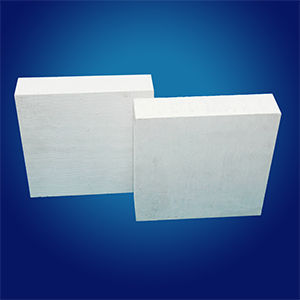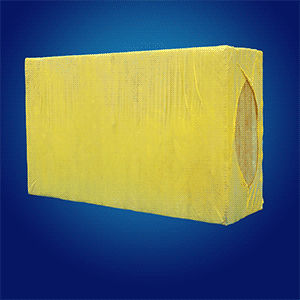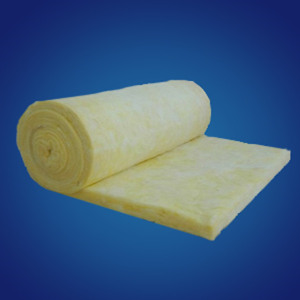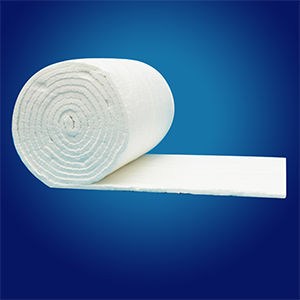Posted by: Date:29.Apr.2024
Nanoporous thermal insulation boards represent a cutting-edge innovation in the realm of thermal management. These boards are engineered with a nanoporous structure that enables them to achieve exceptional thermal performance while being lightweight and environmentally friendly. Let's delve into the key aspects of nanoporous insulation boards and their significance in various applications.
Structure and Properties
Nanoporous insulation boards are characterized by their intricate network of nanopores, which are extremely small cavities at the nanoscale level. These nanopores create a barrier that minimizes heat transfer through conduction, convection, and radiation, resulting in outstanding thermal insulation properties. Despite their high porosity, nanoporous boards maintain structural integrity, ensuring long-term performance and durability.
Thermal Efficiency
One of the most notable features of nanoporous insulation boards is their unparalleled thermal efficiency. With thermal conductivity values as low as 0.01 W/(m·K), these boards significantly reduce heat loss or gain, making them ideal for maintaining stable indoor temperatures and improving energy efficiency. Whether used in buildings, transportation vehicles, or industrial processes, nanoporous insulation boards contribute to substantial energy savings and reduced environmental impact.
Lightweight and Versatile
Despite their exceptional insulation capabilities, nanoporous boards are remarkably lightweight, making them easy to handle and install. This characteristic is particularly advantageous in construction projects, where reducing structural load is essential. Moreover, nanoporous insulation boards are versatile and can be tailored to fit specific applications, offering flexibility in design and implementation.
Environmental Sustainability
In an era focused on sustainability, nanoporous insulation boards stand out as environmentally friendly solutions. These boards are often manufactured using eco-friendly materials and processes, minimizing their carbon footprint. Additionally, their high thermal efficiency contributes to reduced energy consumption and lower greenhouse gas emissions, aligning with global efforts to combat climate change.
Applications
The applications of nanoporous insulation boards span across various industries. In the construction sector, they are used for thermal insulation in walls, roofs, and floors, improving building energy performance and occupant comfort. In transportation, nanoporous boards enhance the thermal management of vehicles, contributing to fuel efficiency and reduced emissions. They also find applications in electronics, aerospace, and industrial processes where precise temperature control is crucial.
Conclusion
Nanoporous thermal insulation boards represent a groundbreaking advancement in thermal management technology. Their exceptional thermal efficiency, lightweight nature, environmental sustainability, and versatile applications make them indispensable in diverse industries. As the demand for energy-efficient solutions grows, nanoporous insulation boards emerge as a key player in driving sustainability and innovation forward.
This article provides a comprehensive overview of nanoporous insulation boards, highlighting their structure, properties, benefits, and applications. If you need more detailed information or specific examples, feel free to let me know!







